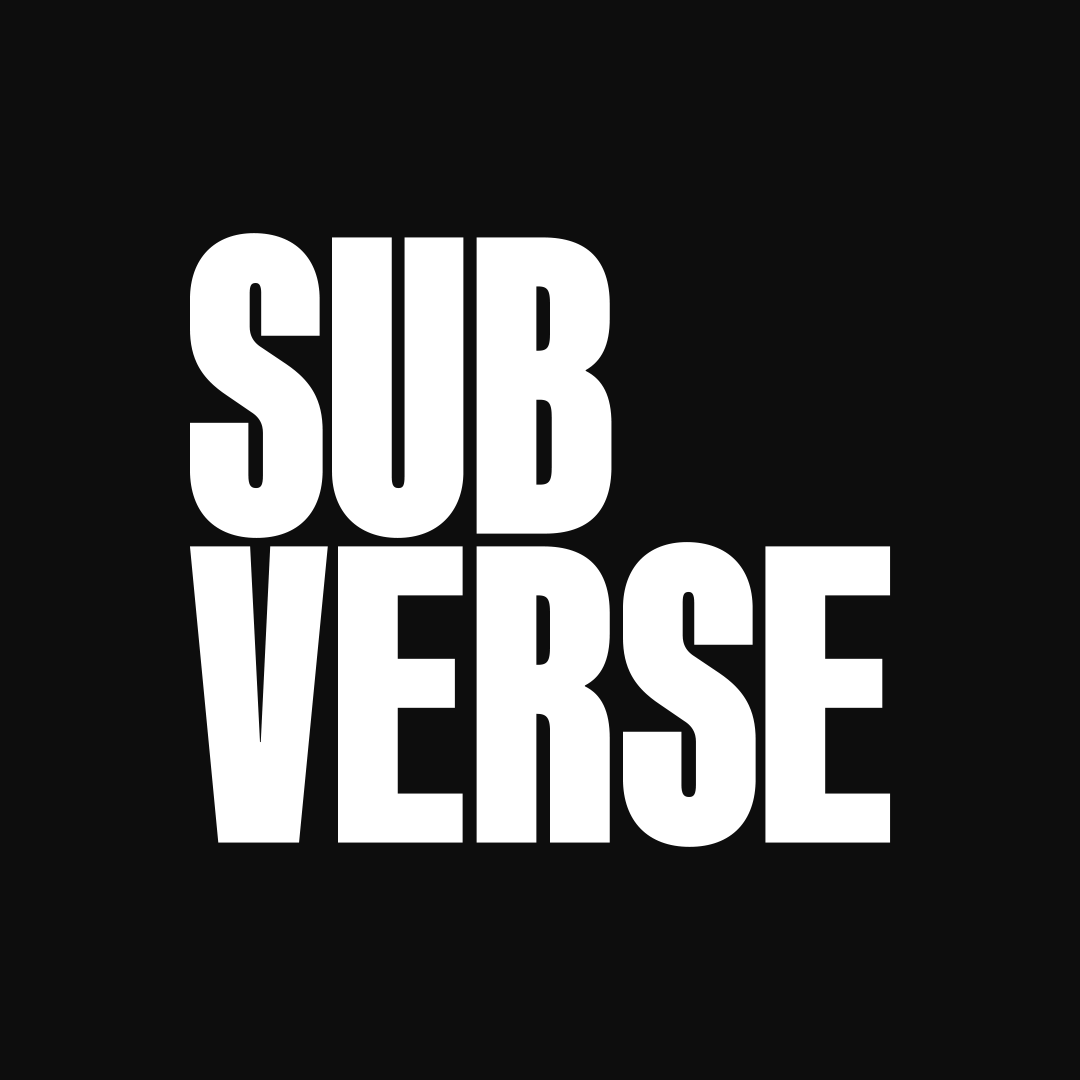Module 4: Leverage Points and Change – Lesson 1
This lesson is just one part in our series on Systems Thinking. Each lesson reads on its own, but builds on earlier lessons. An index of all previous lessons can be found at the bottom of this page.
What Are Leverage Points?
Leverage points are the hidden hinges of complex systems—the subtle places where a small adjustment can swing outcomes dramatically. Instead of seeing systems as stubborn machines needing endless tinkering, Donella Meadows taught us to look for those fulcrums where a light push can move the whole. Many people instinctively reach for surface‑level fixes—altering prices, changing quotas, adjusting subsidies. Meadows argued that true power lies deeper: in shifting goals, reframing beliefs, and even questioning the very mindsets that define our sense of reality.
Who Was Donella Meadows?
Donella Meadows (1941–2001) was more than a scientist; she was a translator between the language of systems and the everyday challenges of human decision‑making. A lead author of The Limits to Growth (1972), she brought the world’s attention to the consequences of unchecked expansion in a finite world. Her rare gift was clarity without simplification—illuminating how feedback, delay, and belief shape the futures we create. Her essay Leverage Points: Places to Intervene in a System (1997) distilled decades of research into a concise hierarchy of twelve interventions, a guide still used today in classrooms, boardrooms, and community halls.
The Hierarchy of Leverage Points
Meadows’ twelve leverage points form a ladder of influence: the higher you climb, the more profound the impact. The lower rungs are easy to grasp but weak in effect; the upper rungs are elusive but transformative.
Shallow Leverage: Adjusting Parts
At the base of the ladder are the tweaks to a system’s components. They are politically palatable and technically simple, yet they rarely shift long‑term outcomes.
- Parameters and Constants (12): Changing prices, tax rates, or quotas.
- Buffers and Delays (11–9): Adjusting stock levels, delivery times, or lag between cause and effect.
- Structures (10): Reconfiguring warehouses, supply chains, or organizational charts.
Mid‑Level Leverage: Changing Structures and Flows
These interventions reach into the system’s architecture, shaping how information and energy circulate.
- Feedback Loops (8 & 7): Balancing loops keep systems steady; reinforcing loops drive growth or collapse.
- Information Flows (6): Redesigning who sees what, when—such as dashboards, reports, or signals.
- Rules (5): Redefining incentives, punishments, and permissions changes how people play the game.
Deep Leverage: Shifting Purpose
Beyond structure lies intent—the compass by which a system orients itself.
- Self‑Organization (4): Granting a system the capacity to evolve, innovate, or redesign itself.
- Goals (3): Recasting what the system seeks to achieve—whether profit, resilience, or wellbeing.
Deepest Leverage: Beliefs and Paradigms
At the summit sit the ideas that frame reality. Here interventions are hardest, yet most powerful.
- Paradigms (2): Challenging the stories, assumptions, and values that define what is possible or desirable.
- Transcending Paradigms (1): Loosening attachment to any single worldview, allowing multiple perspectives to coexist.
Why a Hierarchy?
The hierarchy reflects the depth of influence. Adjust a parameter and you move the system at the margins. Alter a goal and the system reorients its behavior. Shift a paradigm and the system remakes itself. Meadows’ enduring lesson is that the deepest levers are also the most difficult to grasp—yet they hold the greatest potential for transformation.
From Parts to Purpose to Belief
Leverage grows as we move from parts to purpose to belief.
Parts
Components such as prices, inventories, or delivery schedules are like knobs on a control panel—turn them and outputs change slightly, but the system remains the same. Lowering the price of a product may boost short‑term sales, yet leaves its deeper identity untouched.
Purpose
Purpose determines how the system’s parts are assembled and directed. A company that shifts from chasing quarterly revenue to cultivating customer lifetime value reconfigures incentives, strategy, and culture all at once.
Belief
Belief underpins purpose. It is the worldview defining what counts as success, progress, or even common sense. A brand that challenges the paradigm “bigger is better” in favor of “small is beautiful” transforms not only its products, but the way it measures growth and relates to its audience.
Why leverage grows deeper:
- Adjusting parts tweaks outcomes.
- Reframing purpose reorients the system.
- Transforming belief reinvents the system itself.
Conclusion
Meadows’ twelve leverage points remind us that not all interventions are created equal. Adjusting numbers may soothe symptoms, but lasting change comes from reshaping goals and reimagining paradigms. The deeper the point of intervention, the more profound the ripple. By recognizing this hierarchy, we gain both humility and agency: humility to see the limits of quick fixes, and agency to act where it matters most. In practice, this means looking beyond surface adjustments to the deeper purposes and beliefs that give systems their direction—and daring to shift them when the future demands it.
Course Index
- Module 0: Introduction to Systems Thinking
- Module 1: Components of Systems
- Lesson 1.1 — Elements, interconnections, and purpose
- Lesson 1.2 – Open vs. closed systems
- Lesson 1.3 — Boundaries and Perspectives
- Module 2: Feedback Loops and Causality
- Lesson 2.1 — Reinforcing and balancing loops
- Lesson 2.2 — Delays and non-linearity
- Lesson 2.3 — Stocks and flows
- Module 3: Mental Models and Paradigms
- Lesson 3.1 — How perception shapes systems
- Lesson 3.2 — Ladder of inference
- Lesson 3.3 — Surfacing assumptions
- Module 4: Leverage Points and Change
- Lesson 4.1 — Donella Meadows’ 12 leverage points

